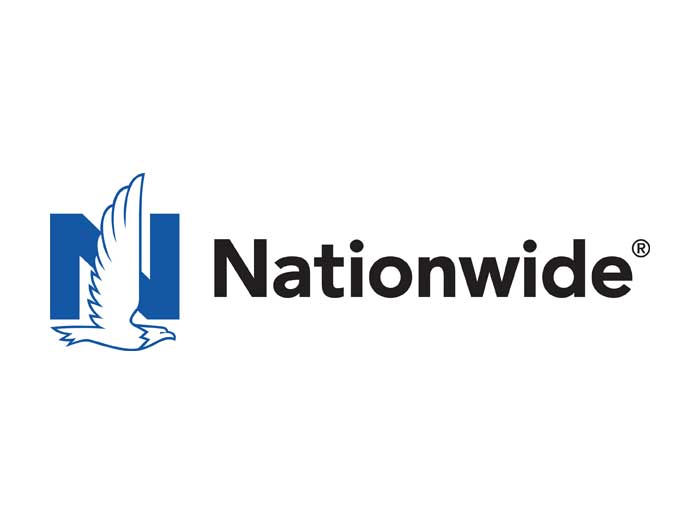Drug-Free Workplace
Marijuana, Cocaine, Meth Use in the Workplace Climbs as Opioid Use Falls

While communities and health care providers work to drive down opioid usage, drug use by the American workforce remains at its highest rate in more than a decade, thanks to increases in the use of cocaine, methamphetamines and marijuana, according to Quest Diagnostics.
2018 marks the 30th year that the company published its national Drug Testing Index™, analyzing workplace drug positivity trends.
According to the analysis, drug test positivity for the combined U.S. workforce held steady at 4.2 percent in 2017. But rising figures related to certain substances may prompt employers to review their drug testing and prevention programs.
Cocaine Use Is Increasing
The positivity rate for cocaine increased for the fifth consecutive year in the general U.S. workforce across every specimen type. In urine testing, the most common drug test specimen type, the
positivity rate for cocaine increased 7 percent in the general U.S. workforce.
In the federally-mandated, safety-sensitive workforce, for which only urine testing is permitted, cocaine positivity increased by 11 percent, the third consecutive year of increases in this segment.
A new pattern emerged in this year’s analysis, with cocaine positivity in urine testing increasing significantly in certain states among the general U.S. workforce. Double-digit, year-over-year increases in at least four of the five past years were seen in the states of Nebraska (91 percent increase between 2016 and 2017), Idaho (88 percent increase), Washington (31 percent), Nevada (25 percent), Maryland (22 percent increase), and Wisconsin (13 percent).
Methamphetamine Rise Is Cause for Concern
From 2016 to 2017, the percentage increase in methamphetamine positivity rates ranged from 9 percent to 25 percent in certain regions. But the current year’s figures alone don’t tell the full story of the alarming rise of the drug’s use. Quest reports that between 2013 and 2017, methamphetamine positivity increased:
- 167 percent in the East North Central division of the Midwest (Illinois, Indiana, Michigan, Ohio, Wisconsin);
- 160 percent in the East South Central division of the South (Alabama, Kentucky, Mississippi, Tennessee);
- 150 percent in the Middle Atlantic division of the Northeast (New Jersey, New York, Pennsylvania); and
- 140 percent in the South Atlantic division of the South (Delaware, District of Columbia, Florida, Georgia, Maryland, North Carolina, South Carolina, Virginia, West Virginia).
Marijuana positivity increased 4 percent for the general U.S. workforce. For safety-sensitive workers, including pilots, rail, bus and truck drivers, and workers in nuclear power plants, for whom routine drug testing is required by the DOT, that increase was 8 percent.
States with recently enacted recreational use statues saw notable increases:
- Nevada (43 percent)
- Massachusetts (14 percent)
- California (11 percent)
Whether those numbers indicate an actual trend remains to be seen.
Opioid Positivity Rates Continue to Decline
The good news is that significant progress has been made in the battle against opioid abuse. Quest Diagnostics’ Scientific Director Kim Samano noted in the report, “The depth of our large-scale analysis supports the possibility that efforts by policymakers, employers, and the medical community to decrease the availability of opioid prescriptions and curtail the opioid crisis is working to reduce their use, at least among the working public.”
“While there is encouraging data regarding prescription opiates, increased workplace test positives in methamphetamine and cocaine is troubling. This data should serve as a wake-up call to regulators and employers that drugs other than opioids require attention to effectively combat workplace substance abuse and maintain public safety.” — Kim Samano, PhD scientific director, Quest Diagnostics.
Nationally, the positivity rate for opiates in the general U.S. workforce in urine drug testing declined 17 percent between 2016 and 2017. Positivity for oxycodones (oxycodone and/or oxymorphone) declined 12 percent between 2016 and 2017, while hydrocodone positivity dropped by 17 percent and hydromorphones declined 22 percent.
For opiates other than codeine, positivity rates were at their lowest in more than a decade, a trend that mirrors the CDC’s figures on the decline of opioid prescribing over the past decade.
Test results for heroin also reached a three-year low, down 11 percent from 2016 to 2017.
Those figures are positive, but the fact remains that shifting patterns of usage across geographies will continue to make it more difficult for employers to effectively focus their prevention programs and drug-free workplace efforts.
“While there is encouraging data regarding prescription opiates, increased workplace test positives in methamphetamine and cocaine is troubling. This data should serve as a wake-up call to regulators and employers that drugs other than opioids require attention to effectively combat workplace substance abuse and maintain public safety,” said Kim Samano, PhD, scientific director, Quest Diagnostics.
Risk and safety managers can view positivity rates and trend lines by zip code on Quest Diagnostics’ interactive Drug Testing Index map. &











